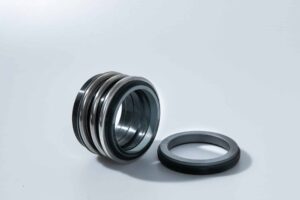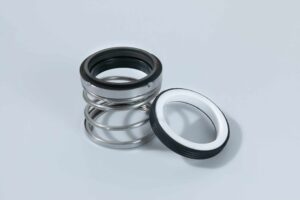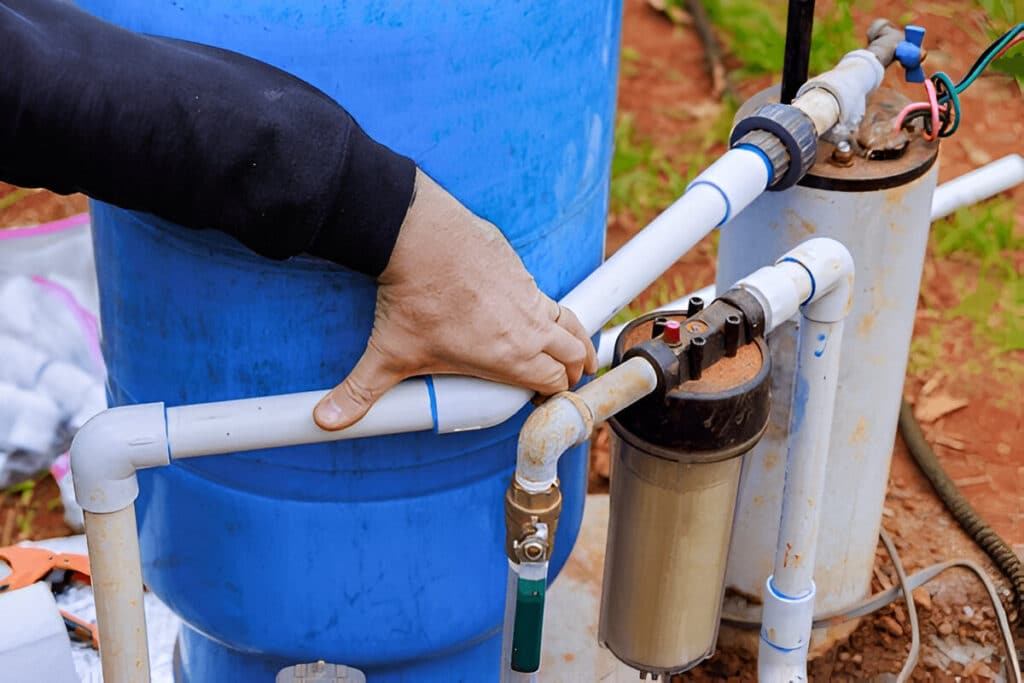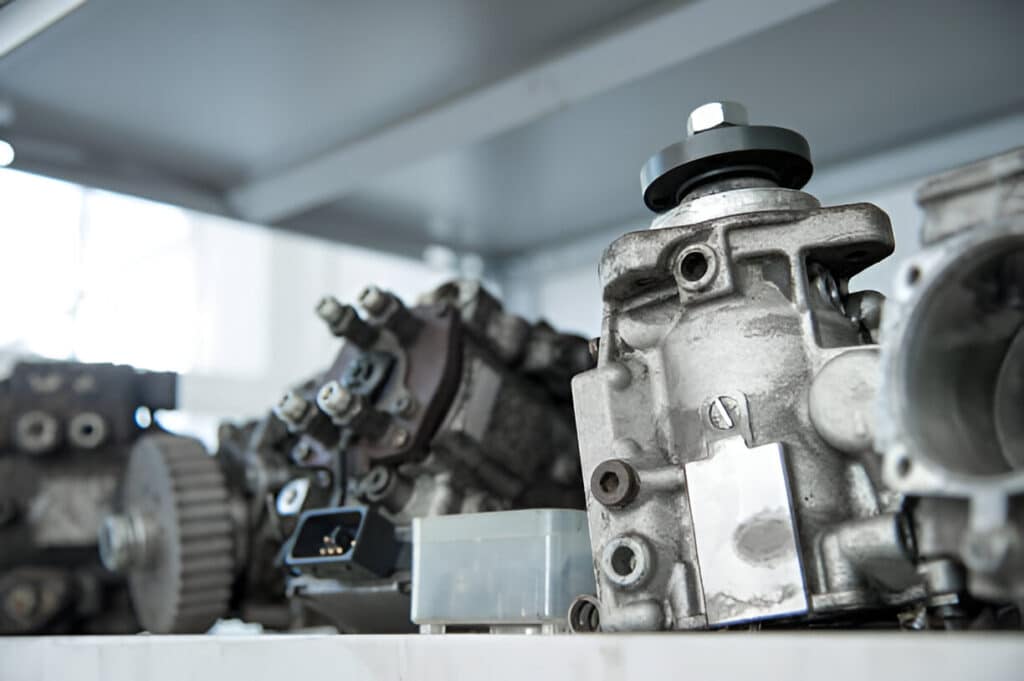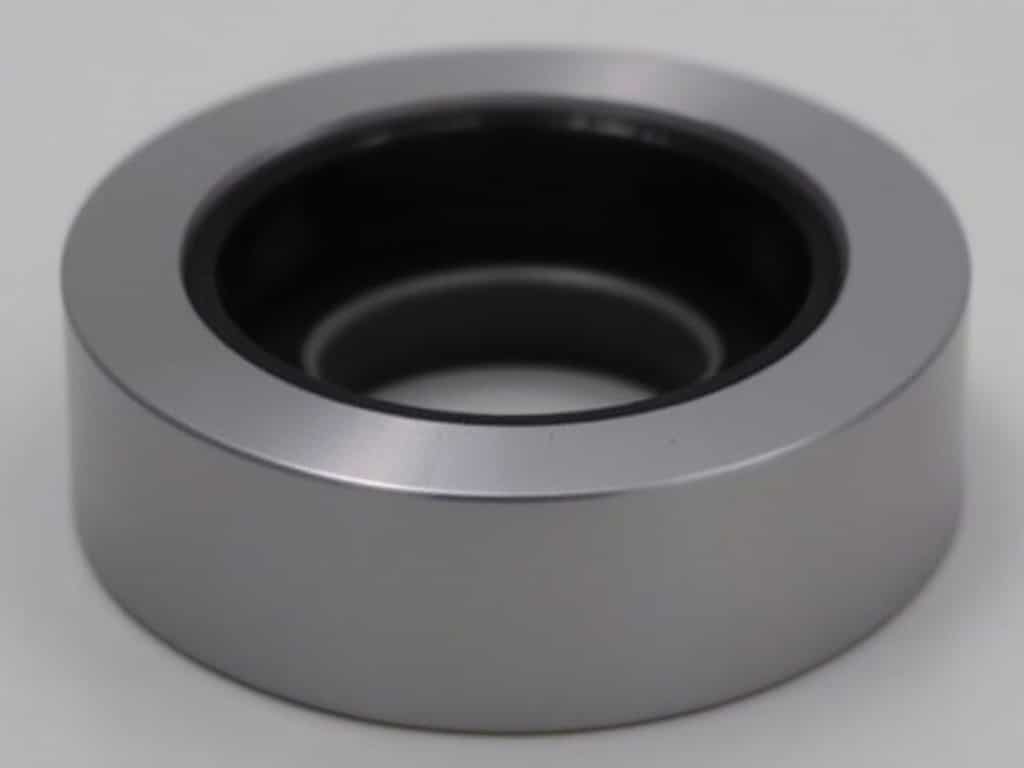Polyethylene and aramid are two common synthetic materials used in a wide range of industrial and consumer applications. While both are polymers, they have distinct properties that make them suitable for different uses.
In this blog post, we will explore the key differences between polyethylene and aramid, including their types, strength, durability, heat resistance, flexibility, impact resistance, UV and environmental resistance, chemical resistance, and typical applications. By understanding these characteristics, engineers and manufacturers can select the optimal material for their specific needs.
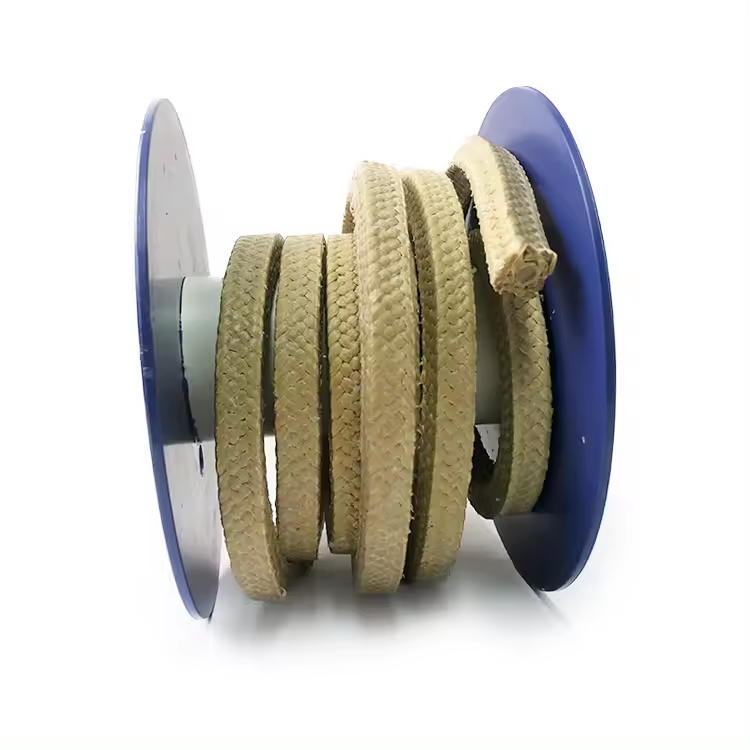
What Is Polyethylene
Polyethylene (PE) is a thermoplastic polymer consisting of long hydrocarbon chains. It is derived from the polymerization of ethylene monomers and is one of the most widely used plastics in the world.
PE has a simple chemical structure, with the formula (C2H4)n, where n represents the number of monomer units in the polymer chain. The length and branching of these chains determine the specific properties of the polyethylene material.
There are several types of polyethylene, including:
- Low-Density Polyethylene (LDPE): Characterized by high branching, flexibility, and toughness. It is commonly used for plastic bags, squeeze bottles, and wire insulation.
- High-Density Polyethylene (HDPE): Has a more linear structure with less branching, resulting in higher strength and stiffness. It is used for applications such as milk jugs, detergent bottles, and pipes.
- Ultra-High Molecular Weight Polyethylene (UHMWPE): Consists of extremely long chains, providing excellent abrasion resistance, impact strength, and low friction properties. It is used in high-performance applications like medical implants and bulletproof vests.
Polyethylene is known for its lightweight nature, good chemical resistance, electrical insulation properties, and versatility. It can be easily molded, extruded, or thermoformed into various shapes and products. However, it has limitations in terms of heat resistance and UV stability compared to some other polymers.
What Is Aramid
Aramid is a class of synthetic fibers known for their exceptional strength, heat resistance, and durability. The term “aramid” is short for “aromatic polyamide,” referring to the chemical structure of these fibers. They are composed of long polymer chains with aromatic rings linked by amide groups.
The most well-known aramid fiber is Kevlar, developed by DuPont in the 1960s. Other notable aramid fibers include Nomex and Technora. The unique properties of aramid fibers arise from their highly oriented and tightly packed molecular structure, which allows for efficient load transfer and energy dissipation.
Aramid fibers are used in a wide range of applications, including ballistic protection (bullet-resistant vests and helmets), aerospace components, automotive parts, protective clothing, ropes and cables, and reinforcement for composites. They are often combined with other materials to create high-performance hybrid structures.
Here is the section on the differences between polyethylene and aramid:
Difference Between Polyethylene and Aramid
Strength and Durability
Aramid fibers exhibit much higher tensile strength and modulus compared to polyethylene. They have excellent strength-to-weight ratios, with tensile strengths around 3 GPa for Kevlar.
While UHMWPE has lower absolute strength than aramid, it still provides good strength for its weight. It is one of the strongest thermoplastic fibers with a tensile strength of 2.4-3.0 GPa. However, lower density polyethylenes like HDPE and LDPE have significantly lower strengths.
Aramid also retains its strength and resists creep better than polyethylene at elevated temperatures. Both have good abrasion resistance, though UHMWPE outperforms aramid.
Heat Resistance and Thermal Stability
Aramid maintains excellent strength and stability at high temperatures up to 300-400°C. Its aromatic structure provides inherent flame resistance and high glass transition and melting temperatures.
Polyethylene has lower heat resistance, with maximum service temperatures around 55-120°C depending on the type. It can melt at temperatures as low as 115-135°C and has poorer flame resistance compared to aramid.
Flexibility and Impact Resistance
Polyethylene, especially UHMWPE, exhibits very high impact strength and toughness. It resists cracking and brittle fracture even at low temperatures. The long molecular chains allow extensive plastic deformation.
Aramid has good impact resistance but lower than UHMWPE. It is more brittle and can experience cracking or splintering upon high velocity impact, particularly if not woven.
Polyethylene fibers are also more flexible and ductile compared to the stiff aramid fibers. This allows polyethylene parts to bend without breaking.
UV and Environmental Resistance
Aramid has excellent resistance to UV degradation and weathering. It retains its strength even with prolonged outdoor exposure.
Polyethylene is more susceptible to UV damage which can cause cracking and strength loss over time. UV stabilizers are often added to improve the UV resistance of polyethylene products for outdoor use.
Chemical Resistance
Both polyethylene and aramid offer very good chemical resistance. They exhibit low moisture absorption and resist many solvents, fuels, lubricants and other chemicals.
However, aramid is attacked by strong acids and bases at elevated temperatures which can degrade it. Polyethylene has somewhat better resistance to acids and bases.
Applications
The high strength, modulus and heat resistance of aramid make it ideal for:
- Ballistic protection and armor
- Aerospace and automotive composites
- Ropes, cables and cordage
- Protective apparel like cut-resistant gloves
- Rubber reinforcement
- Friction products like automotive brake pads
- High-temperature filtration
Polyethylene, especially UHMWPE, finds use in applications requiring high impact strength, wear resistance and low friction such as:
- High-performance textiles like cut-resistant gloves
- Ropes, nets, slings and cordage
- Orthopedic implants
- Filtration equipment and membranes
- Pickers for weaving machines
- Bumpers, guides, wear strips and bearing materials
- Lightweight ballistic armor when used in composite form


